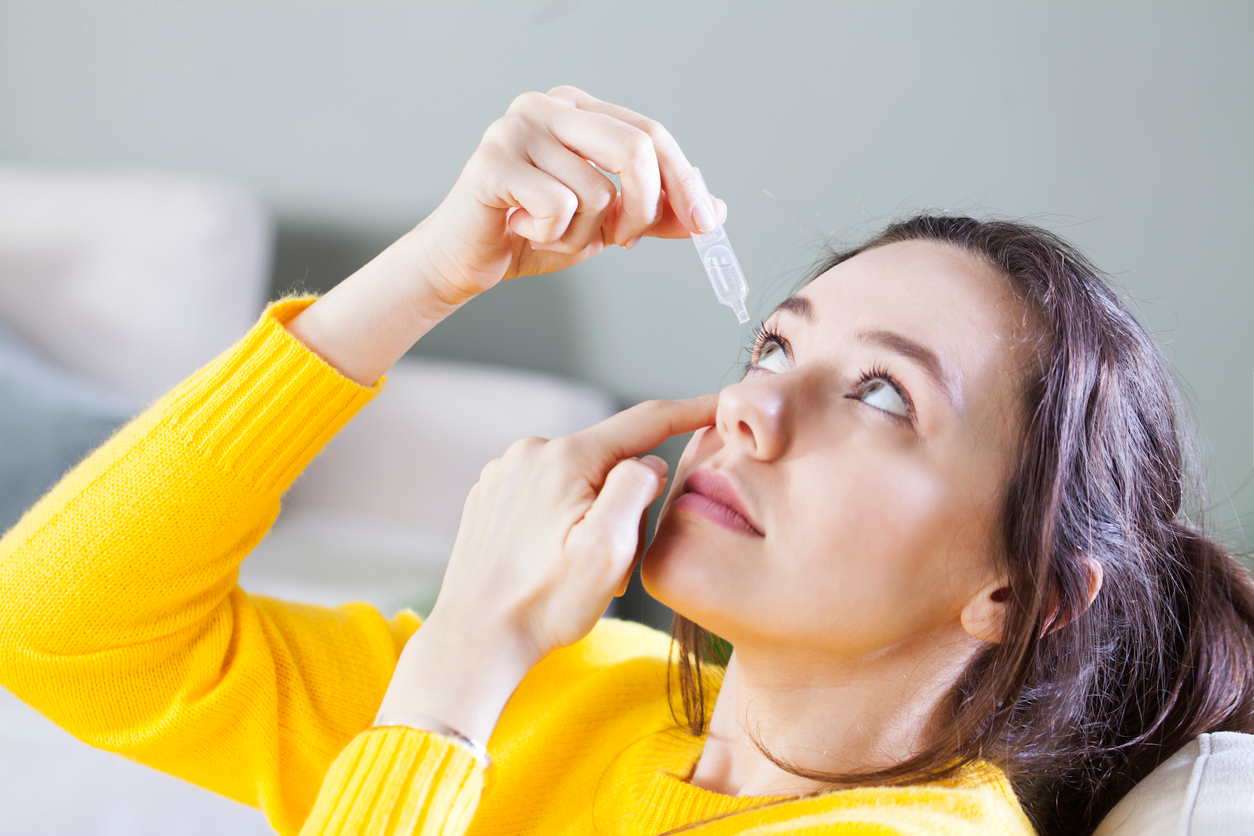Commitment + Clinical Leadership = Better Outcomes

Pink Eye (Conjunctivitis): Causes, Symptoms, and Prevention
Conjunctivitis, also known as pink eye, is inflammation of the conjunctiva, the transparent membrane that lines the eyelid.1
When the blood vessels in the conjunctiva become inflamed, they’re visible and have the appearance of red eyes. This causes the whites of your eyes to look pink and is where the term “pink eye” comes from.
Pink eye is one of the most common eye infections in the U.S., with 6 million cases per year.2
Pink eye can be irritating and contagious, but it typically does not affect your vision. Here are some facts about pink eye, what causes it, early warning signs, and how to prevent it.
What Causes Pink Eye?
Pink eye has a variety of causes. Depending on what causes pink eye will determine whether or not it’s contagious.
The most common causes of pink eye and the different types include3:
- Viruses. Viral conjunctivitis can be caused by numerous viruses and is very contagious. This is the most common cause and type of pink eye.
- Allergens. Allergens may cause allergic conjunctivitis, which is a reaction to any type of allergen including pollen, dust mites, mold, pets, medicine, and cosmetics. This kind of pink eye is not contagious and can occur if someone experiences reactions to these allergens.
- Bacteria. Bacteria can cause bacterial conjunctivitis, which can come from many different types of bacteria. This type of pink eye can be easily spread and is more common in kids than in adults.
Bacterial and viral pink eye can commonly occur alongside colds or respiratory infections.
Other causes of pink eye may include chemicals, the use of contacts, foreign objects in the eye, pollution, or fungi. However, when pink eye is caused by one of these irritants, it’s not contagious.
Pink Eye Symptoms
Pink eye is typically easy to spot. Here are some of the most common pink eye symptoms:
- Redness in one eye or both eyes
- Itchiness in one eye or both eyes
- Tearing up
- Discharge from the eyes
There are many substances and allergens that can irritate the eyes. So how do you know if you have a case of pink eye versus another minor irritation? Here are some early signs of pink eye to look out for4:
- An uncomfortable feeling that something is in your eye
- Red eyes
- Pain in the eyes
- Puffy eyelids
- Blurry vision
- Sensitivity to light
If you experience any of these symptoms, visit a doctor or eye doctor as soon as possible and start taking steps to care for your eyes and prevent spreading.
How to Prevent and Treat Pink Eye
Pink eye, when caused by bacteria or a virus, is very contagious. Because most cases of pink eye are caused by the adenovirus, it’s important to be aware of how you can prevent yourself from catching it or treat it if you have it.5
Both bacterial and viral cases of pink eye can be spread through direct and indirect contact. It can spread from contact such as touch, in the air by coughing, or by touching an object with germs on it.
Here are some tips on how to prevent pink eye, as well as how to control the spread if you do have pink eye6:
- Wash hands often with soap and water
- Avoid touching your eyes
- Clean eyes gently
- Wash pillowcases and towels often
- Clean eyeglasses
- Do not share personal items with others such as pillowcases, towels, makeup brushes
- Do not wear makeup or discard any makeup that was used with pink eye since bacteria can live in makeup
Treatment for Pink Eye
If you visit your doctor and realize you have pink eye, they will try to determine the cause and type. They may ask you questions about health history and the symptoms you’re experiencing. If a doctor believes pink eye may be caused by bacteria, they may swab the discharge from around your eye to test it.
If pink eye (conjunctivitis) is caused by a virus, there is no treatment or antibiotic that can treat it. However, if pink eye is caused by bacteria, doctors will usually prescribe a treatment such as antibiotic eye drops, ointments, or pills.
Pink eye can take anywhere from 7 days to 14 days to properly heal. As soon as your symptoms subside, you should no longer be contagious and can return to school or work. Your doctor will advise you on the next steps to take.
Take Care of Your Eyes
Now that you know the causes and symptoms of pink eye, you can take the steps to prevent yourself from catching it.
Saber Healthcare is an organization dedicated to providing consultant services to long-term care providers. This article is for informational purposes and is not meant to be seen as professional advice. Please consult with a medical expert before relying on the information provided.
Sources
- https://www.mayoclinic.org/diseases-conditions/pink-eye/symptoms-causes/syc-20376355.
- https://my.clevelandclinic.org/health/diseases/8614-pink-eye.
- https://www.cdc.gov/conjunctivitis/about/causes.html.
- https://www.aao.org/eye-health/diseases/pink-eye-conjunctivitis.
- https://www.hopkinsmedicine.org/health/conditions-and-diseases/pink-eye.
- https://www.cdc.gov/conjunctivitis/about/prevention.html.
